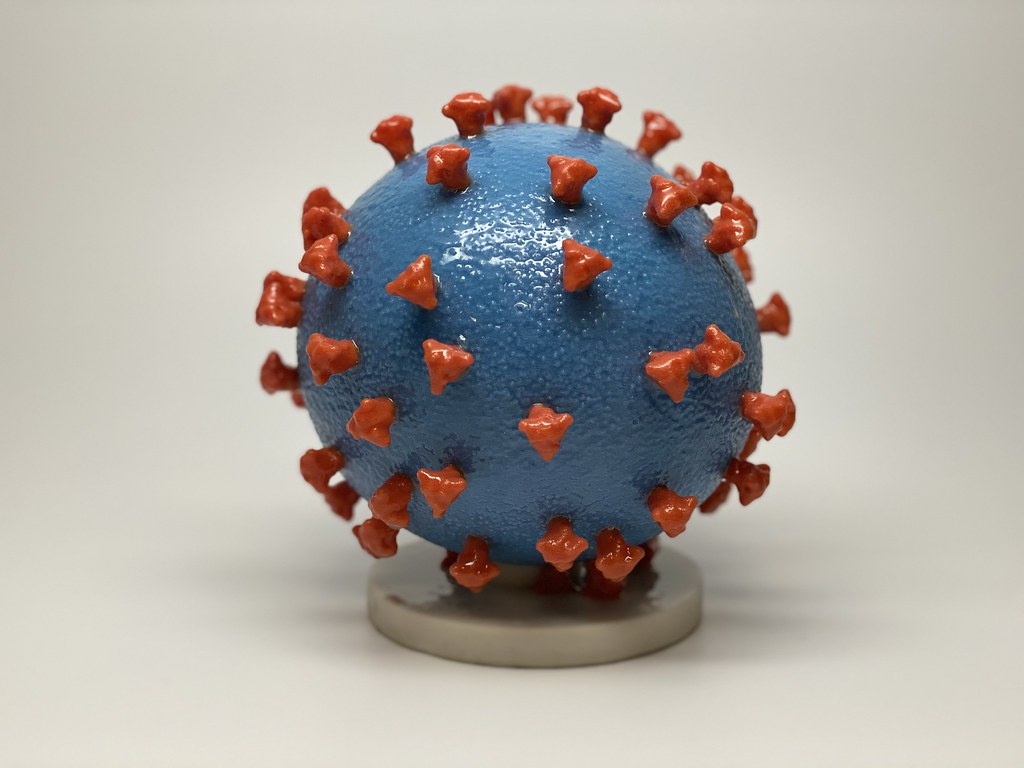One of the first articles I read from Pacific Ties Newsmagazine was the Roundtable Talk: Coronavirus, published in April 2020. I read it later that year when I was admitted to UCLA, exploring the ways UCLA’s publications addressed the pandemic and comparing others’ experiences to my own. Looking over the words of the Pacific Ties writers at the start of the lockdown brought me back to the April in which it was written; at that time, I was a senior in high school curling into my blankets, waiting as the end of spring break stretched so long it began to turn into summer. We had held the idea of the coronavirus in our hands like a novelty contained within the bubble of two weeks — I started a diary so I could look back upon myself from within that bubble once it had popped, only to find it expanding into the months and years ahead.
I reread that article now — that piece written by the Pacific Ties team two years ago — like a time capsule uprooted too early. Here, I open its lid, take out its contents and add something extra before planting it in the ground again.
Let’s take a moment to pin down time and place, to mark this in concrete terms. In 2020, the article’s writers set the scene in their homes, surrounded by family, repelled from the singular point of UCLA. Writer Bryce Ramirez was in Sacramento, Ayushee Roy in Singapore, a list of places and names setting pins down across the country and across the globe.
I sit here two years later in my childhood bedroom reading their words, drawing the parallels. It has been six weeks since I have been on campus; I left for spring break and never came back. Even now I watch the emails, count the days, wait for the moment I return to a dorm I have lived in for so little time it feels more dream than reality. We have come in a great, stuttering circle — from childhood homes and pastel-painted bedrooms to the outside world again, then from campus back to childhood homes. We watched the windows, holding our breath.
From within the walls of the first lockdown, the Pacific Ties writers looked upon the outside world with trepidation on what was to come. Two years ago, when the pandemic was young and the spread limited, Rachel Koh wrote, “I think I heard a week or two ago that coronavirus was being called the Chinese virus?” Now, with the Delta and Omicron variants making their rounds, the label “Chinese virus” has been joined by others like “Indian Variant” and “Kung Flu,” each spreading racism and discrimination by targeting Asian communities as scapegoats. It is hard to forget how prejudiced minds pushed the blame onto the monolithic shoulders of an entire race, suspicious eyes turned on a community suffering just as much as, if not more than, the others.
I think about the differences between their stories and mine: one set of writers speaking from the beginning of a pandemic, and one person in response writing from the indeterminate middle. Since that first article was written, I have lived through an election and a vaccine rollout that didn’t quite transport us back to pre-pandemic life. I have entered my first year of college, exited it and then entered a second. I have watched anti-Asian sentiment swell and surge onscreen, uncovered like a tide of hatred coming up from the cracked ground; I have heard of violence through the radio, racism brought onto center stage.
But I have also seen communities come together, people rallying against the violence on the streets, highlighted by the media. I have seen others rise up in support, and in turn, we have given our support to others. The attention has turned to how systemic racism operates in this country, highlighting how marginalized communities have strained under the brunt of this pandemic. This awareness has given me a better understanding of what it means to be part of a community, and what it means to be strong.
So here I stand looking back on those experiences of Pacific Ties writers who have passed me by, reflecting on what has changed and what has remained the same. We are standing at different sides of a pandemic that has not ended, using our words to bridge the gap.
Even now, nearly two years later, I am pressing my hands to the clear sides of a bubble born years ago, waiting to get out. I put these words back under the dirt with all the old ones, adding my voice alongside theirs for someone else to look back upon from another place, another time.
Featured Image: “Novel Coronavirus SARS-CoV-2” by NIAID is licensed under CC BY 2.0

Comments are closed.